Hubble successor maintains course
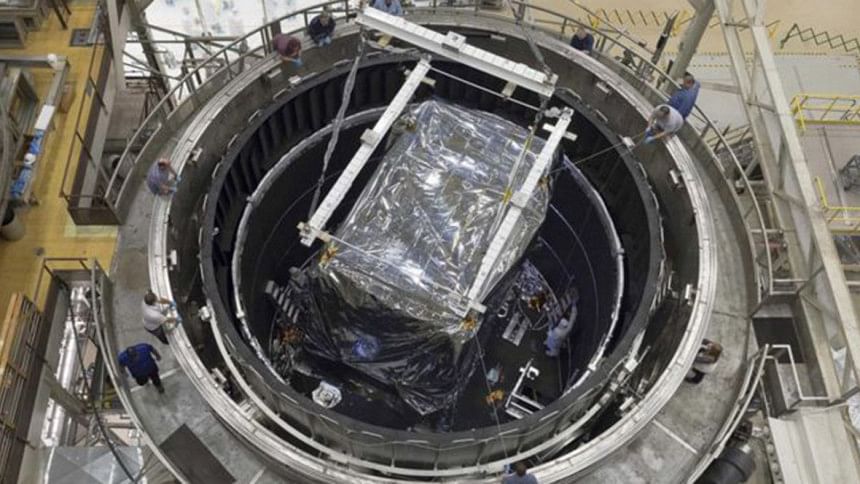
The successor to the Hubble Space Telescope is reaching some key milestones in its preparation for launch in 2018.
Engineers are about to complete the assembly of the primary mirror surface on the James Webb Space Telescope.
They are also winding up the final deep-chill calibration tests on the observatory's four instruments.
The US space agency-led project is now on track to make rapid progress in the coming months.
The major components of JWST, which have been years in the design and fabrication phase, will at last be integrated into their flight configuration.
With margin still in the programme to cope with any unexpected problems, everything currently remains on course for an October 2018 lift-off atop a European Ariane rocket.
"We keep our fingers crossed, but things have been going tremendously well," said Nasa's JWST deputy project manager John Durning.
"We have eight months of reserve; we've consumed about a month with various activities," he told BBC News.
"But I think we've really befitted from the 'pathfinder' work we've done in the last year or so where we practised activities, and that's allowed us to run like a well-oiled machine."
Webb is a joint venture between Nasa and its European and Canadian counterparts.
It will go in search of the very first stars to shine in the Universe.
To achieve this ambition, it will deploy a 6.5m-wide mirror, giving the observatory roughly seven times the light-collecting area of Hubble. And allied to instruments that are sensitive in the infrared, Webb will be tuned to detect the faint, "stretched" glow of objects that originally shone more than 13.5 billion years ago.
Recent weeks have seen engineers gluing the beryllium segments of the main mirror into their supporting backplane structure.
In the next few days, the last two of 18 hexagons will be lowered into position for secure attachment.
Meanwhile, down the corridor from the Webb cleanroom at Nasa's Goddard Space Flight Center in Greenbelt, Maryland, the instruments are about to emerge from their latest "cryo-vac" campaign.

 For all latest news, follow The Daily Star's Google News channel.
For all latest news, follow The Daily Star's Google News channel. 

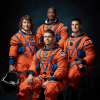
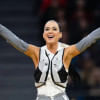

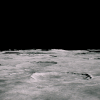
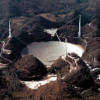


Comments